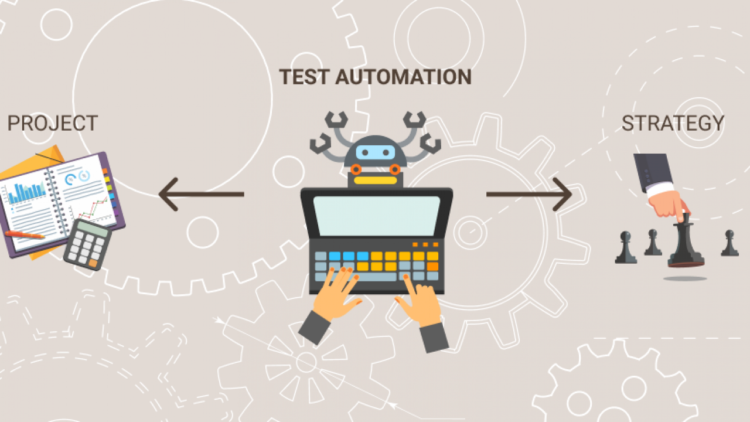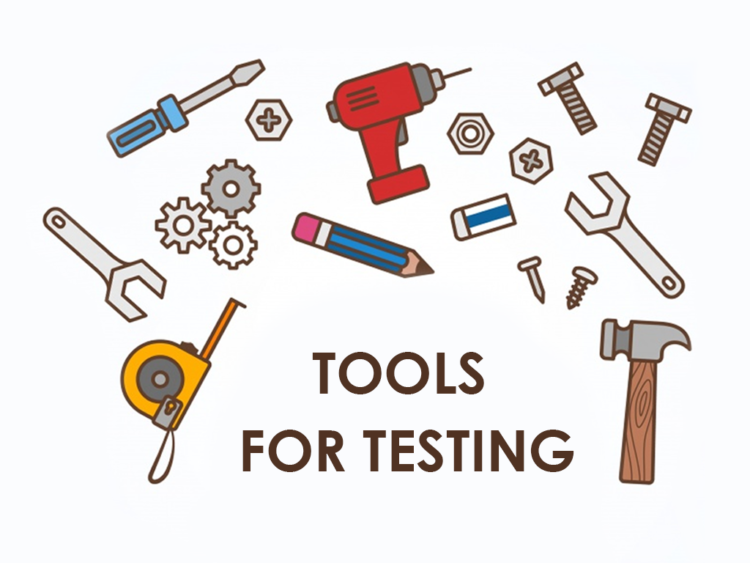Productivity Maximization effectively applied automation reduces operational static inhibiting productivity in software engineering. This can be necessary for continuous software delivery, and in reducing necessary but repetitive tasks. Certainly, automation can’t solve all your software testing woes, but it can do a lot to dull this operational “pain point”.
As you scale out, operations will become increasingly complex. Getting automation solutions figured out sooner, rather than later, is wise. Here are five tips to consider as you solidify your software testing protocols.
1. Test New Changes Prior Launch

When you design new software, or when you update existing designs, you want to test your changes before putting them to market. Part of your complete process should be an automated test to determine if the problem you were seeking to fix has been overcome, or if the new solution you designed works effectively.
Part of your testing may require market implementation, so take this into account. You can assume a certain level of traffic, and likely find a projected number that closely matches reality. However, you could see spikes in traffic that are unexpected, requiring you to test operational thresholds after launch. Be ready for additional tests once the launch has happened.
2. Outsource or Employ Automation Engineers
Software applications in today’s business world are massive, and they’re only getting bigger. Automation solutions sometimes benefit greatly from outsourced teams or the employment of on-site automation engineers. At the very least, you may want to pursue consultation in this direction.
3. Institute Simplified Logging Solutions

It makes sense to find logging solutions that simplify management as much as it’s feasibly possible. Part of effective test automation will involve logging practices that are properly representative of the software you’re managing. For this, you may institute, for example, Django logging practices—though these can be challenging, according to Papertrail.
4. Don’t Over Automate; Some Tasks Are Hands-On
Automated testing won’t always catch issues before they have an impact. Certainly, a high level of automation lubricates operations, but there’s an upper limit. If you automate where you shouldn’t, then errors could go unnoticed long enough to cause real problems. To simplify: you can’t automate everything.
5. Select Affordable and Representative Automation Tools

As you can’t automate everything, you shouldn’t purchase just any tool related to automation that’s available on the market. Sure, it’s better to have some digital testing tool and not need it, than to need it and not have it; but most tools are easy to find, and some can be expensive. What are the costs involved in a given project, and what is associated with tool expenses?
If the cost of an automation tool isn’t outweighed by the operational benefit it brings, you’re not operating as optimally as you could. For example, outsourced testing teams can function as a fine automation tool, but their cost may be higher than an on-site employee dedicated to the task.
Representative tools that keep you within budgetary parameters are sensible for long-term sustainable operations. Again, a consultation can be a great strategy to keep you from unnecessarily “reinventing the wheel” in this area.
Simplification of Test Automation
You will need to test any software you produce if you’re serious about software engineering. Automated testing at key development points throughout the software engineering cycle can help you save both money and time, but there’s a balance to achieve.
Get tools that you can afford, and which represent an effective solution for the needs of what you’re developing. Be sure not to use automation when it’s better to take a hands-on approach. Find ways of simplifying logging solutions as it’s feasible to. When necessary, seek automation engineers as either employee in your team, or in an outsourced capacity.
Lastly, know when to test—such as immediately preceding the development of a new solution. Software automation best practices such as these will help you maximize the effectiveness of the software you produce and the necessary testing which goes along with that process.
 Hi Boox Popular Magazine 2024
Hi Boox Popular Magazine 2024



